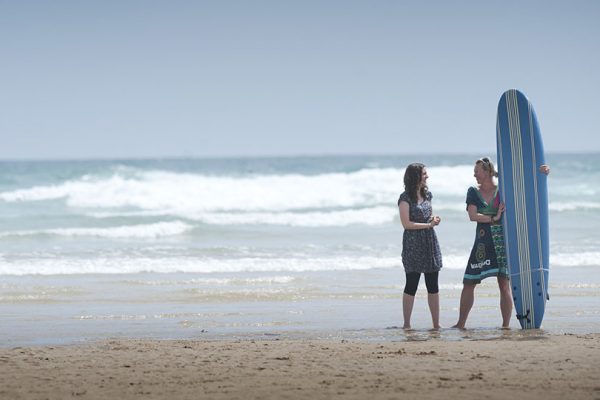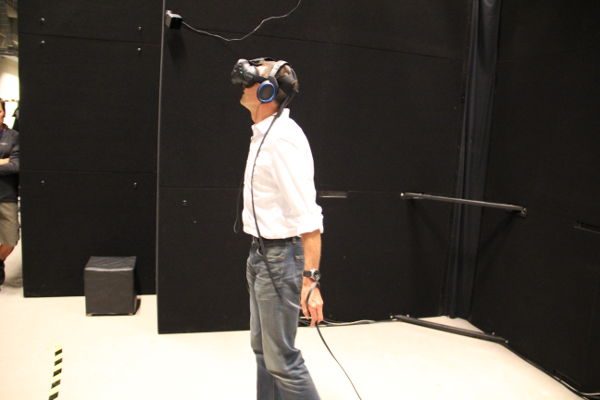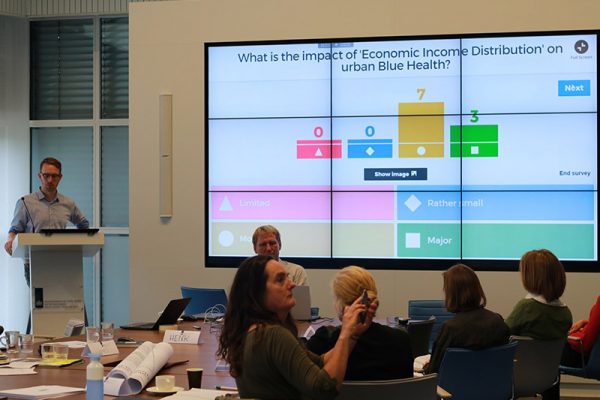Remembering the risks
Our research across the BlueHealth programme is focused on understanding how to maximise the health and wellbeing benefits from blue spaces. Yet in this discussion it’s important we don’t forget that aquatic environments can also pose substantial health risks.
Humans are often to blame for these problems. Man-made pollutants that we discharge into our oceans, seas and rivers contribute to 250 million cases of gastroenteritis each year, whilst up to 100,000 people die annually from contracting hepatitis in contaminated bathing water. In terms of productivity, illnesses caused by pollution in coastal waters has been estimated to have a huge impact on causing people to miss work.
Blue spaces are also natural homes for countless microorganisms which can have a negative effect on health. In one example, a recent study showed how the number of antibiotic resistant bacteria in the ocean may be far higher than first thought. Harmful algal blooms and plankton also represent natural source of toxins that can be harmful to health, something I recently discussed with the BBC World Service (you can listen to an extract from this interview at the top of this page).
Potentially harmful natural events include hurricanes, severe storms and flooding – all of which can have large-scale devastating impacts on coastal populations and are predicted to worsen as our climate changes.
The factors affecting the health of both marine environments and human populations are inextricably linked. There are clear opportunities to use these spaces and places to boost health and wellbeing – particularly in effective health prevention measures – but we must not forget the ever-present risks and their sensitivity to human pressure.




